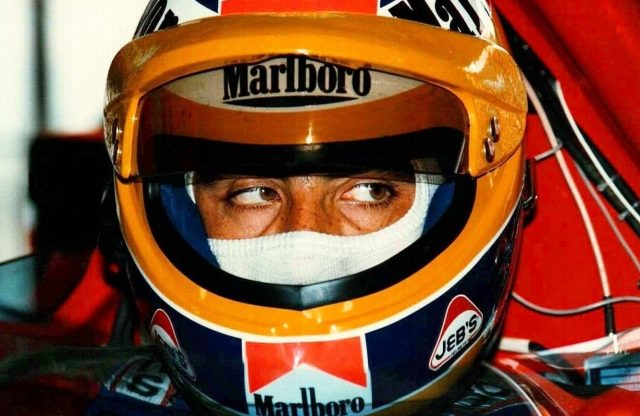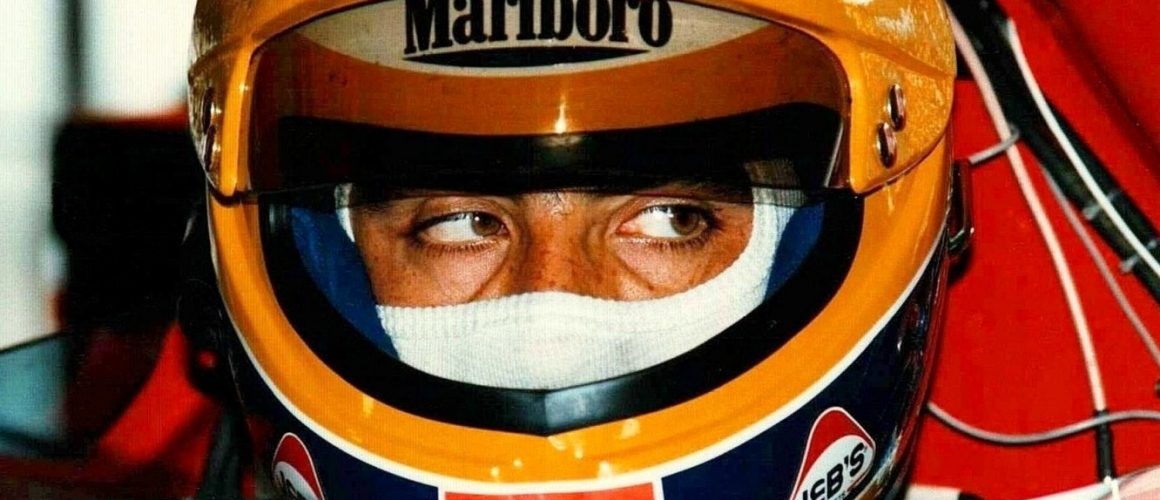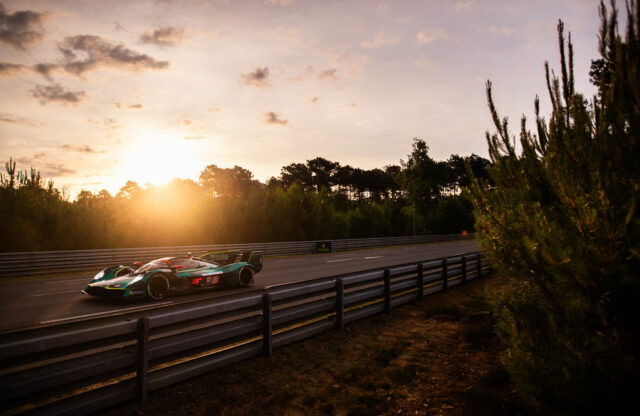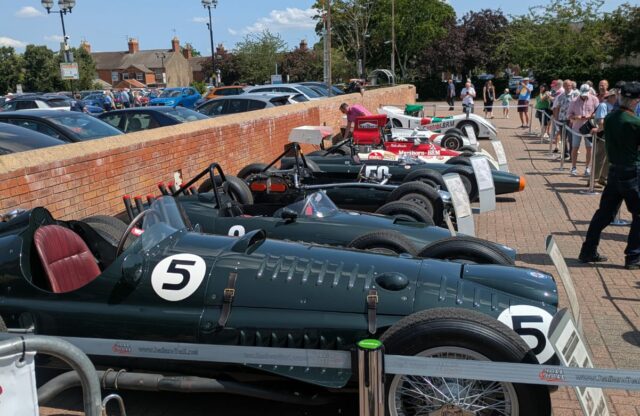WORDS: SAM HANCOCK | PHOTOS: AUTHOR AND WIKIMEDIA COMMONS
This story first appeared in Magneto issue 10.
In the previous issue we talked about physical preparation for racing, and how fitness – or a lack of – can significantly impact your driving performance. I thought it would now make sense to look at mental preparation, and how various forms of visualisation can hugely enhance both pace and results.
I know you’re thinking: “Come off it, Sam! I’m not fighting for a World Championship here. It’s just a bit of Historic racing I do for fun.” That may be so, but I suspect you’re more competitive than you think. Rather than spend thousands developing your car in search of a few tenths or a podium place, why not try a few free and simple techniques instead?

You’ll be amazed at how much later you can brake or how much more speed you carry
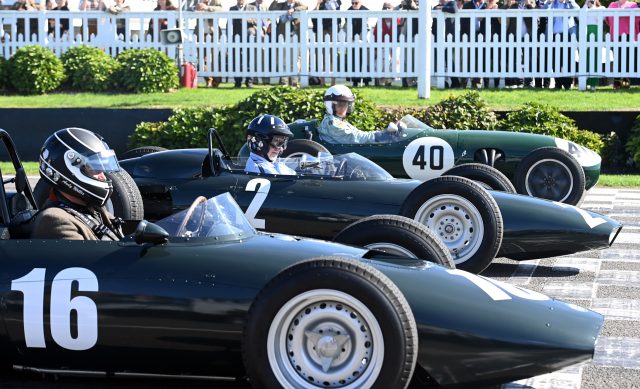
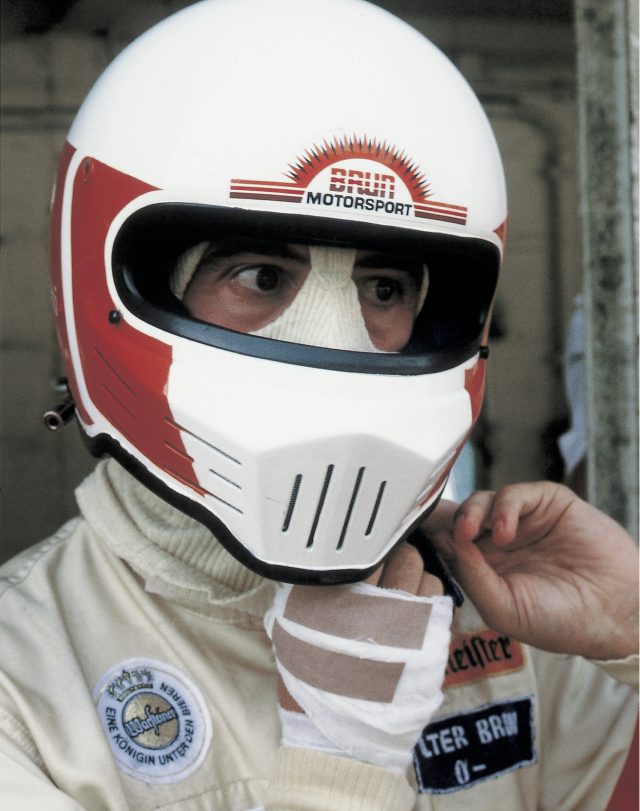
Let us start with ‘short-term’ visualisation which, to me, refers to the immediate future – the next few metres or seconds. Through my years of driver coaching, it’s become clear that what our eyes see, our hands and feet follow. So, rather than obsess over physical reference points and marker boards, simply lift your line of sight to look much further down the road, and through to a corner’s apex and exit before you’ve even turned in. Your inputs will naturally adjust to execute an appropriate braking point, deceleration rate and steering input. The better your vision, the more accurate these will be.
But what if the corner is blind, and you can’t yet see through to the exit? Visualise it instead. Every lap. You’ll be amazed at how much later you brake or how much more entry speed you carry when focused on a corner’s exit profile rather than the panicked arrival of an arbitrary braking reference you’ve assigned yourself.
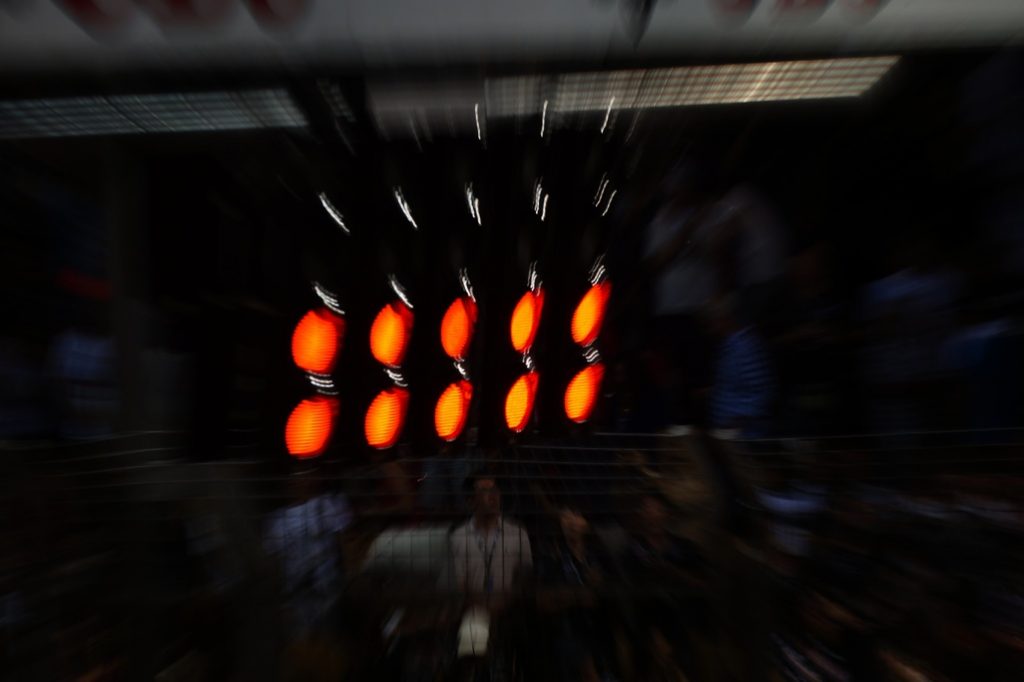
How about the start of a race? Do you simply sit there and wait for the lights to change or flag to drop? Or could you get the jump on your rivals by visualising the first millimetres of movement from the starter’s hand just before he unfurls and drops the flag? By anticipating – visualising – these moments in advance, you’ll react faster and with greater accuracy.
Next, think of ‘medium-term’ visualisation as moments that are about to happen in a few minutes or hours; a banzai qualifying lap maybe, the frantic run to the first corner at the start of a race, or the procedure for a fast and clean pitstop driver change. More seriously, it could be the instant and fumble-free locating of the kill switch when a throttle sticks, or instinctive press of an extinguisher button as flames lick up from an engine bay. Scenarios that all benefit hugely from a few quiet moments in advance, sat peacefully, eyes closed, repeatedly and calmly visualising their execution to develop a muscle memory that will self-trigger when required. I speak from experience.
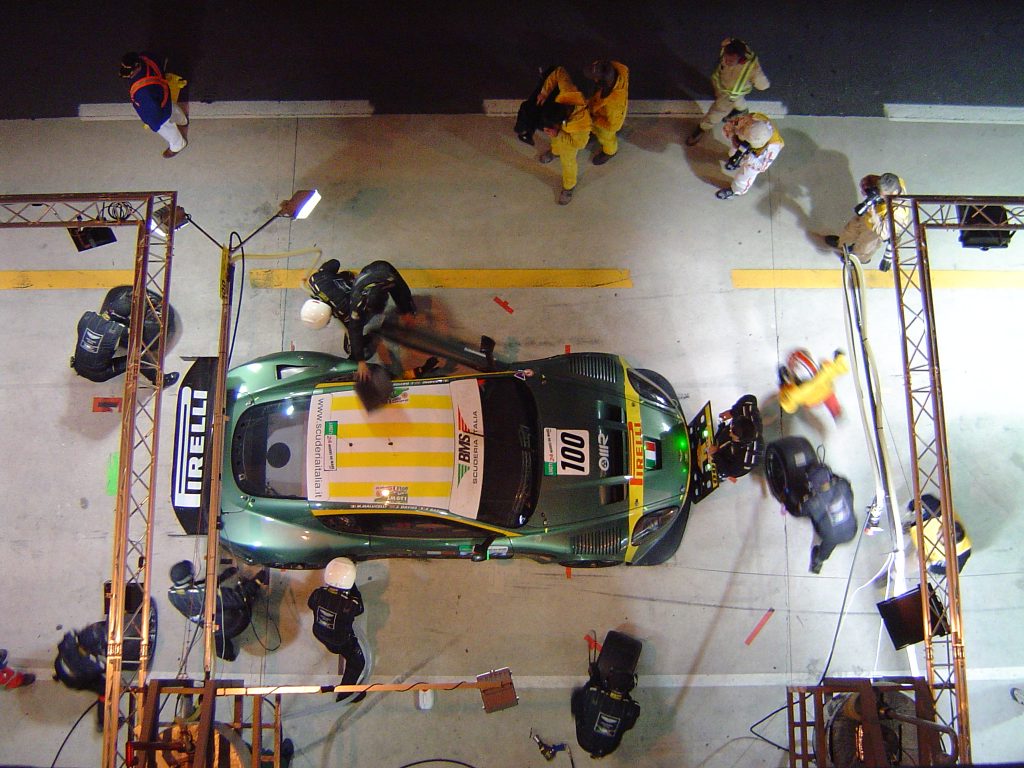
‘Long-term’ visualisation is very different and, of all these examples, will perhaps seem the most tenuous. But bear with me, because it has a funny habit of paying off.
It’s all about goal-setting. Not in a ‘five-year plan’ kind of way, but more about targeting realistic and attainable improvements at your next events and encouraging that reality by using strong, repeated visualisations. I hesitate to cite a personal example, but it’s the easiest way to explain. In preparation for a big opportunity at Le Mans one year, I grabbed an image of a previous Le Mans podium from the web, and Photoshopped my face onto the third-place driver (note, not the winner). I then set it as my screen-saver for about three months before the race.
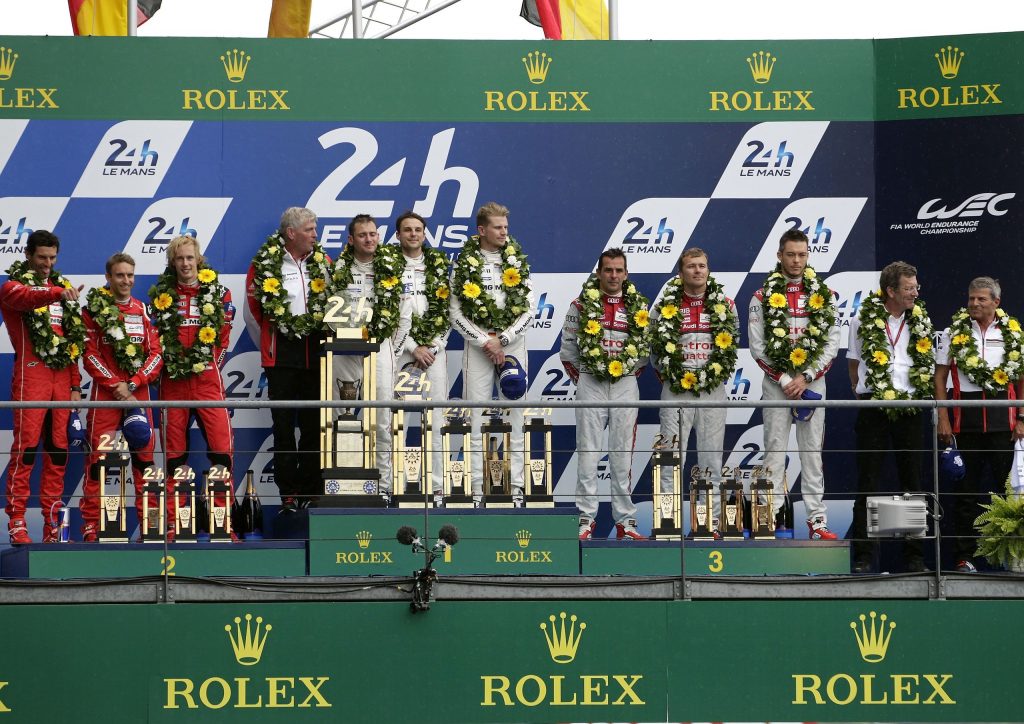
I deliberately didn’t choose the winner because it’s critical to keep these targets within the realms of possibility in order to truly believe in them – and it was a year when, by most calculations, the best we could reasonably hope for was sixth overall. When the engine expired with 45 minutes of 24 hours left, we were lying fourth and flirting with third.
Did it help? I don’t know. But visualising everything I could about a not wholly unattainable scenario made it feel real. I’d glanced at that image dozens – maybe hundreds – of times, imagined driving the car through that final lap, anticipated the feeling of crossing the line, considered the view from the podium, the taste of the champagne, the sound of the crowd, you name it… every detail I could think of to illustrate a podium finish. When I arrived at the race, I can truly say that I deeply believed we could achieve a podium. We nearly did!
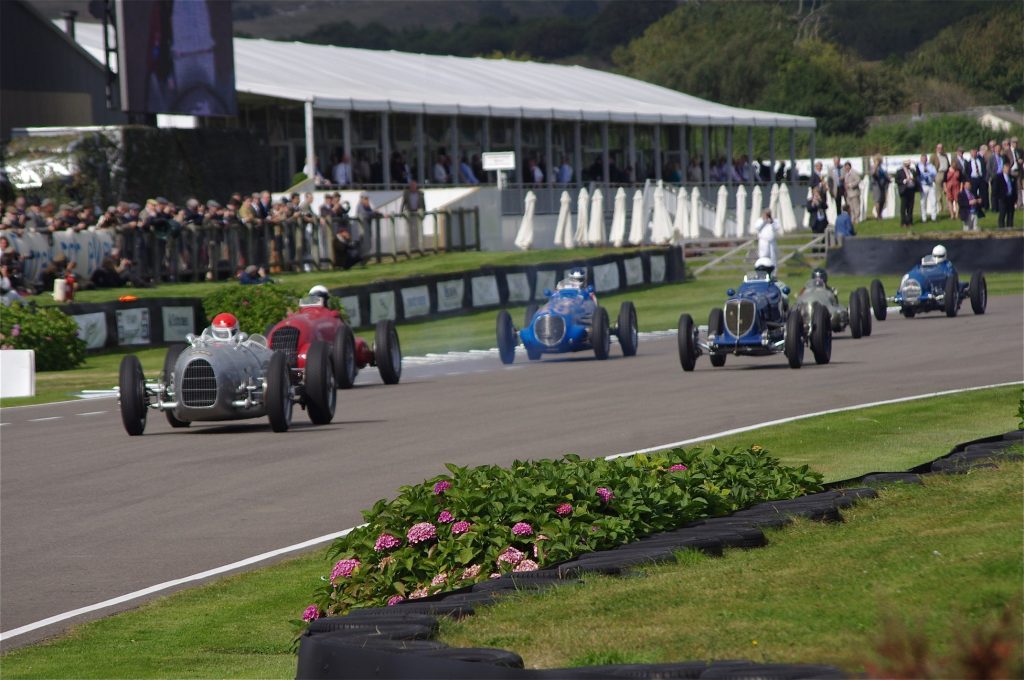
If you think this is all a little over the top for Historic racing, I don’t blame you, but consider this; I have a coaching client who, in a few years, went from watching Goodwood’s Revival from the grandstands to standing atop the rostrum of its biggest race. More than any other client, he would routinely visualise a lap before a session, set achievable goals for his next outing, and anticipate start procedures, driver-change routines and cornering techniques by repeatedly practising them in his mind beforehand. When his moment arrived, he was ready.
